Home > Product Installs & Reviews > Product Reviews > Car Accessory Reviews > NOCO Genius5 Battery Charger Unbox & Review
In this article: I'll unbox the NOCO Genius5 automotive battery charger, describe its features and functions, and then use it to demonstrate how it works.
It’s inevitable that sooner or later, you’ll jump in your car, hit the key, and get nothing more than a click sound. Sometimes it’s because you left the dome light on for several days, or it could be that your car battery is approaching the end of its days. Either way, a dead car battery is a frustrating thing to experience and an often-inconvenient problem to solve.
These days, you can take your dead battery to almost any auto parts store and have it charged and tested. It’s important to remember that the auto parts stores are trying to sell you parts though. I’m not saying they will outright lie to you to sell you a battery, but it wouldn’t surprise me if their testing equipment erred on the side of battery replacement, either. In many cases (such as mine) the battery charger the stores use isn’t actually capable of charging all batteries.
The issue is that the battery I use is a gel-type battery. These must be charged using a low-amperage charger. The battery will not charge using high-amp inputs and the auto parts store’s testing equipment will report it as a bad battery. When in reality, it just needs a slower charge applied. That’s where the NOCO Genius5 Battery Charger can come in handy.
NOCO has been a long-standing member of our Best Car Battery Chargers List, so I picked one up after dealing with too many dead car batteries while testing electronics. Today, I’ll share my experiences using this compact charger.
Recent Reviews & Articles
Unboxing & First Impressions
Packaging is important because it gives the buyer information about what the product can do, but it also is a way for brands to set themselves apart from the competition. Well made, secure packaging is (in many cases) a sure sign that a company that takes pride in its products and wants you to have the best experience.
The Genius5 ships in a standard cardboard box with the logo prominently splashed all over. It definitely isn’t discreet, though the remainder of the shipping box doesn’t give you any information at all about what the product is.
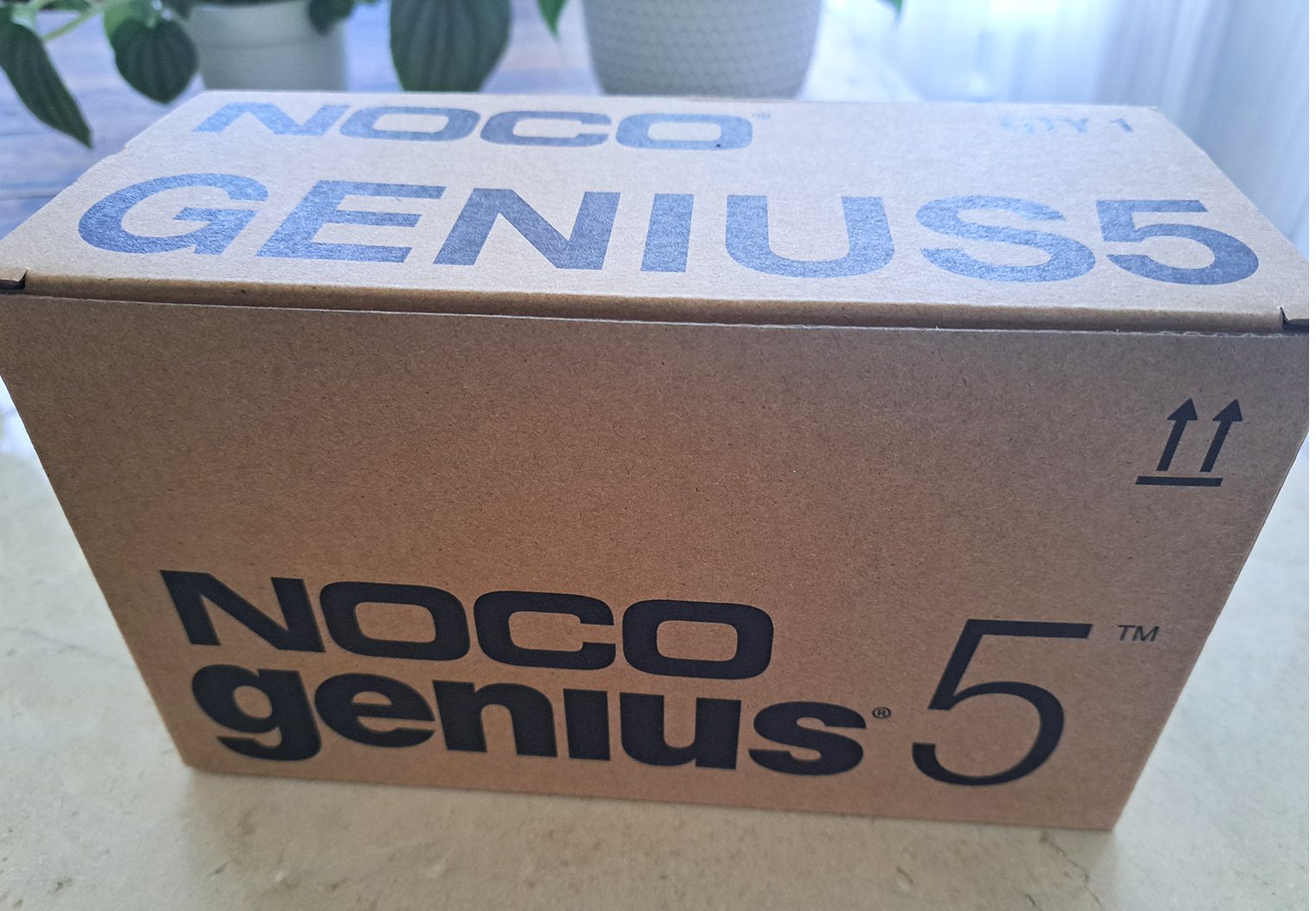
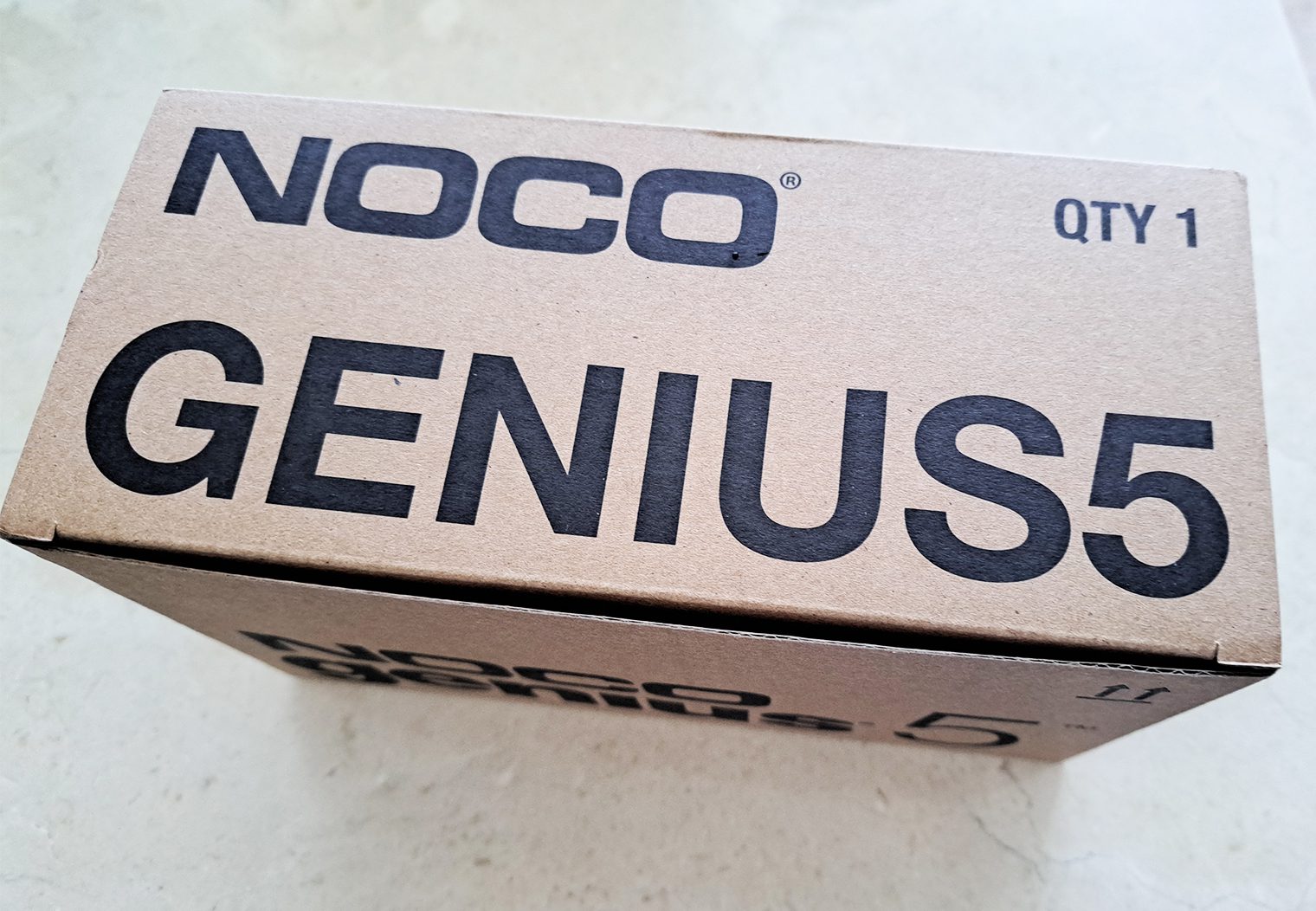
Upon opening the shipping box, the retail packaging reveals itself. Now, you’ll find all the details you are looking for about exactly what you’ve got in your hands. NOCO even uses an entire side panel to illustrate ‘What’s in the Box.’
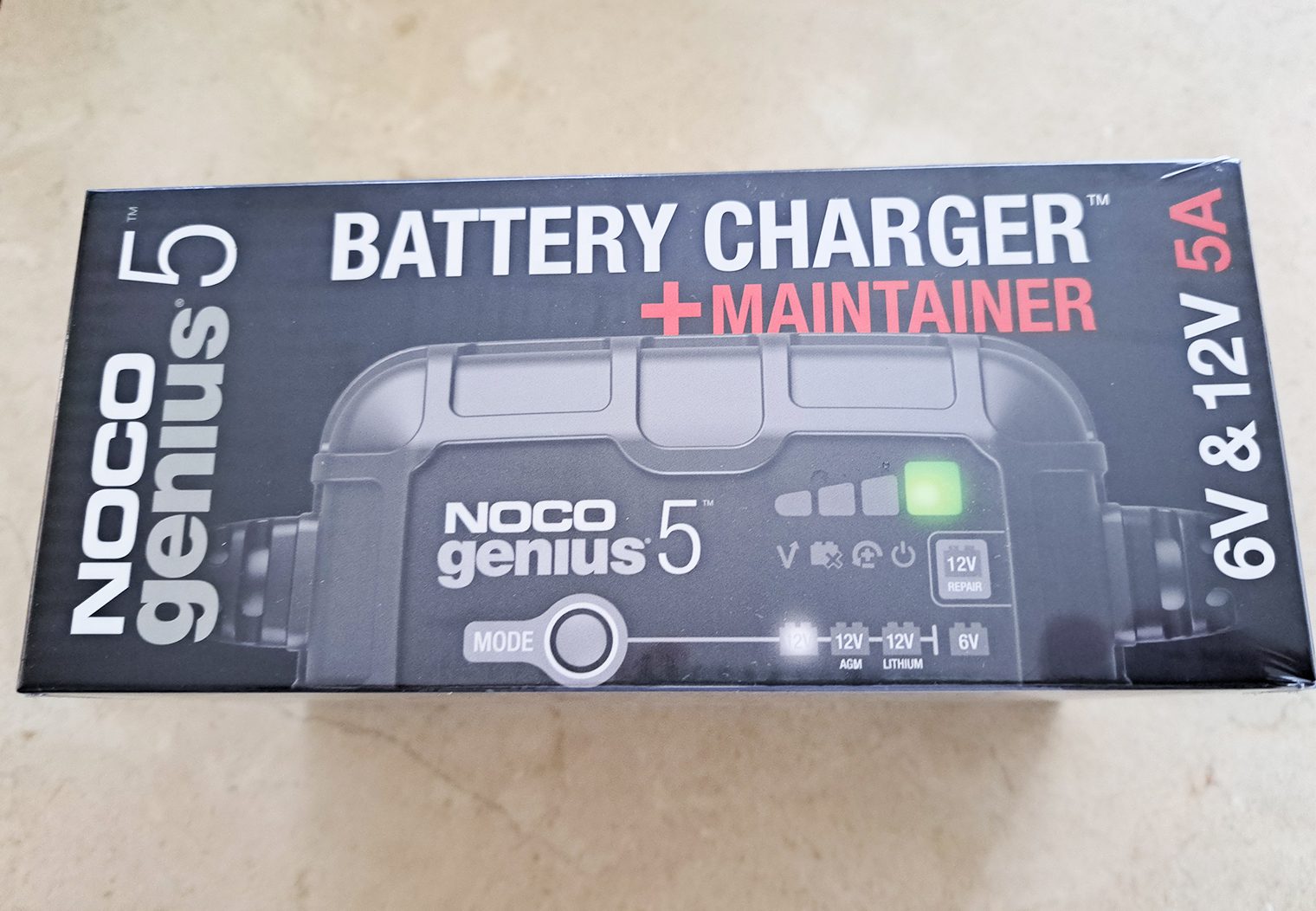
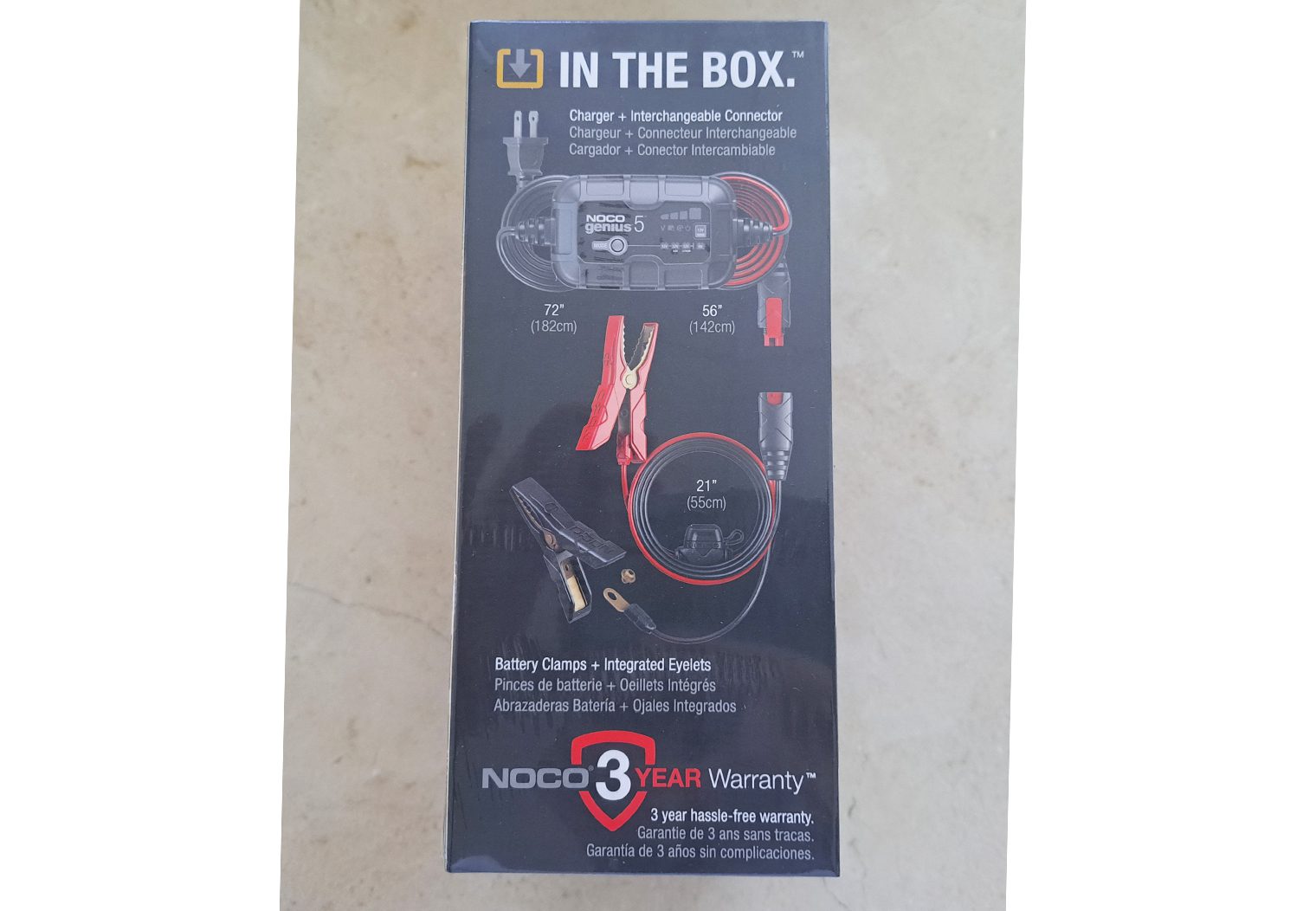
The main portion of the battery charger rests in a cardboard nest cradled by Styrofoam insulators that ensure the device isn’t damaged during shipping. The ‘brick’ of the charger is slightly larger than a deck of cards and about five times as thick. It is fairly heavy. The power cord is permanently mounted to one side while the output cable is mounted to the opposite side. The top of the charger shows numerous LED lights for the functions and features of this battery charger.
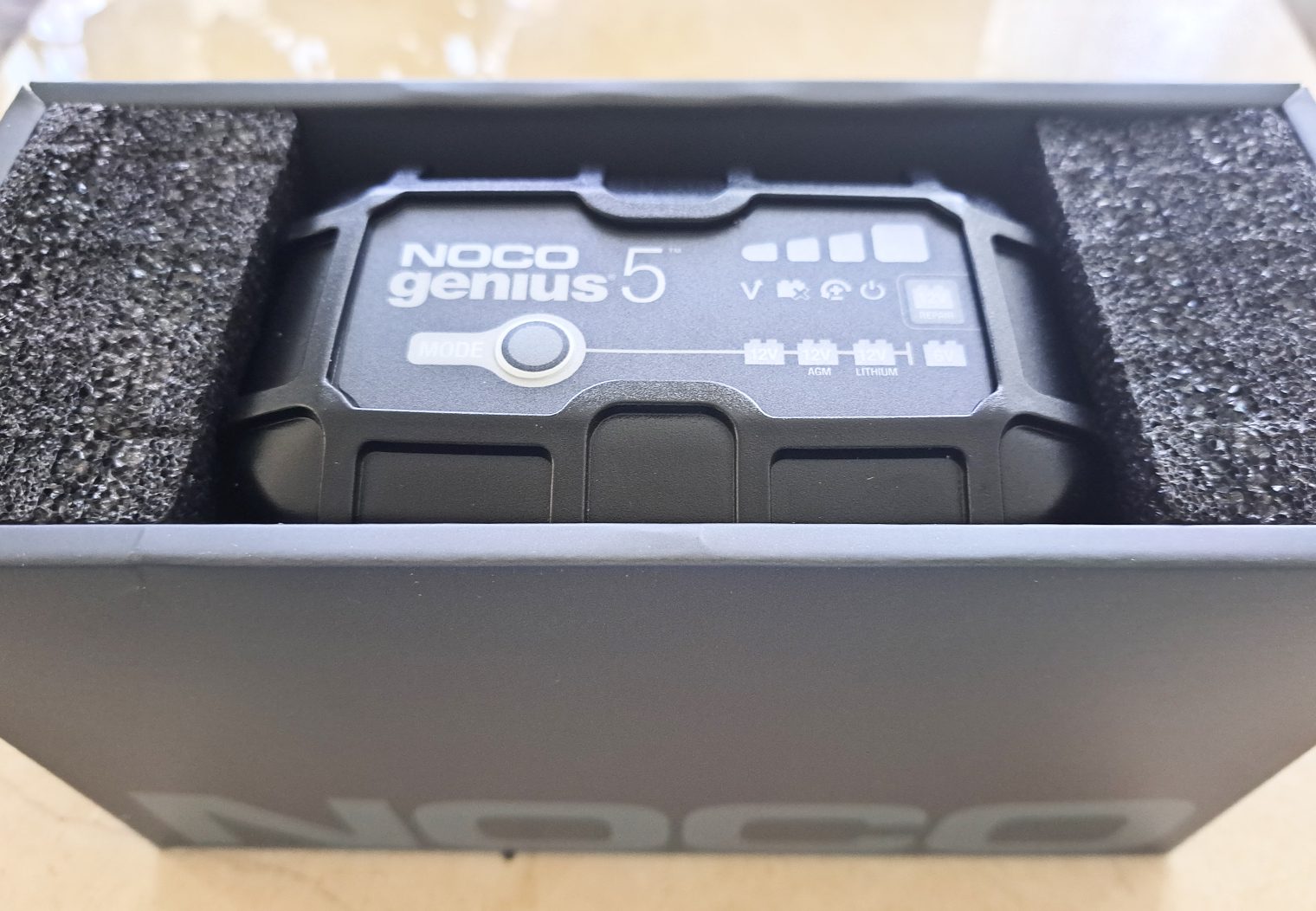
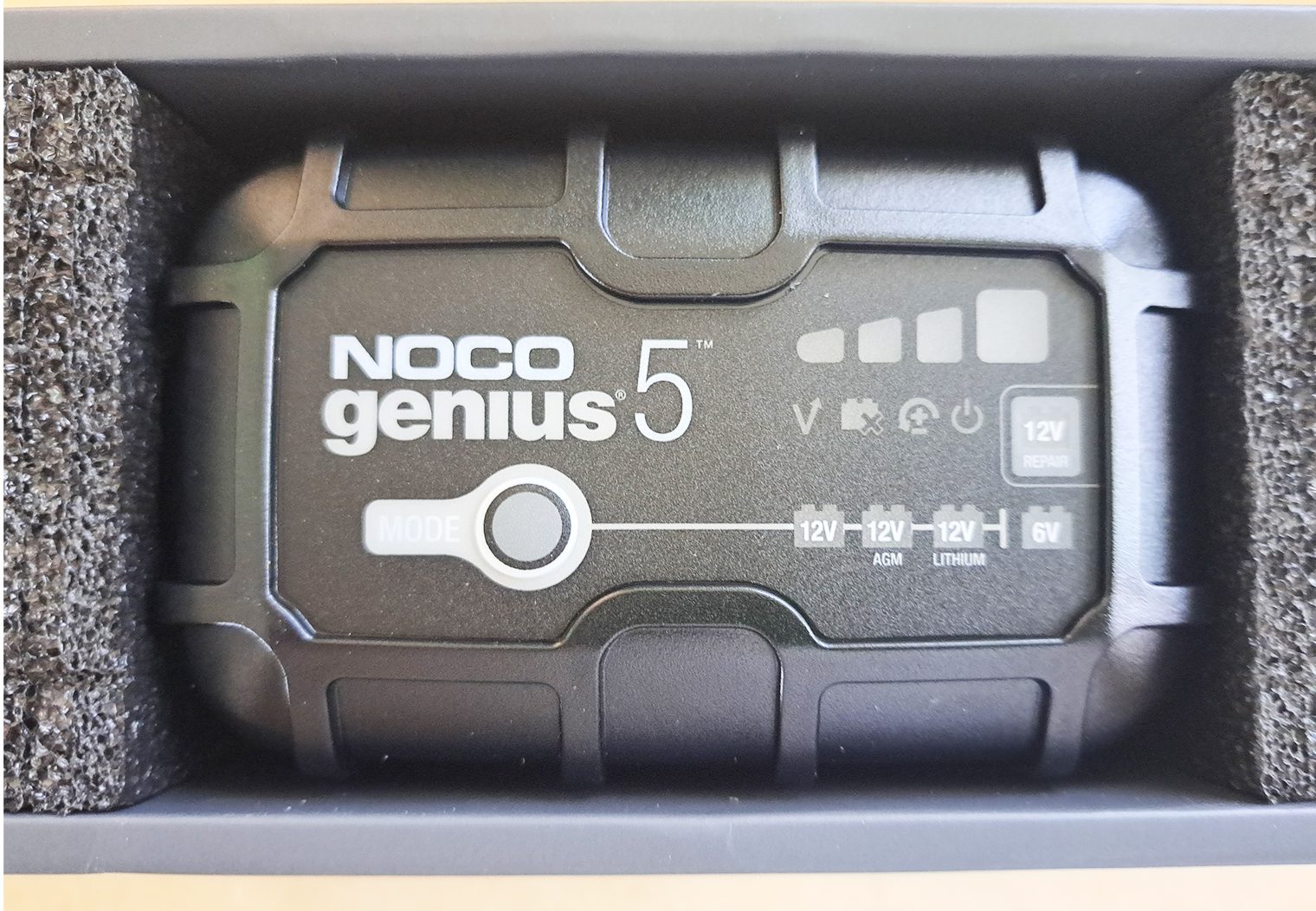
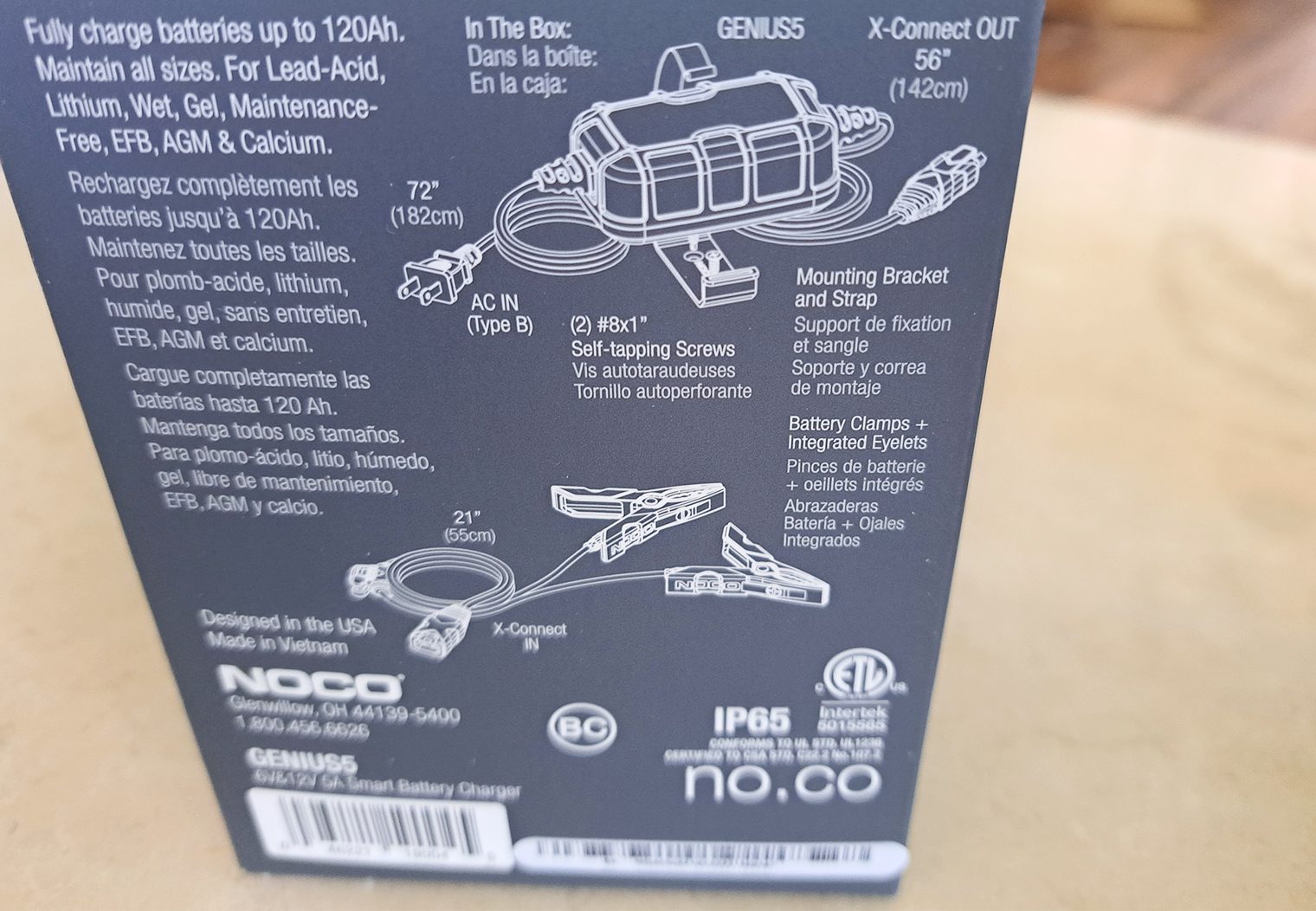
My first impression is overall positive. The main unit feels robust and its small size is a welcome change from the bulky battery chargers of the past. The cables are on the small size, but given the power levels of this charger, it shouldn’t be an issue. The battery clamps themselves are replaceable. They don’t have an extremely robust feel to them but should be adequate.
What's in the Box
In the box, you’ll find the main battery charger assembly that has a 72-inch power cord and a 56-inch cord with an interchangeable connector. The charging cables themselves are 21-inches long and are separate from the main charger wiring.
There is also a mounting strap included in the box presumably for attaching the charger to a workbench. A multi-language user guide gives you a basic walkthrough of the features and functions of the device.
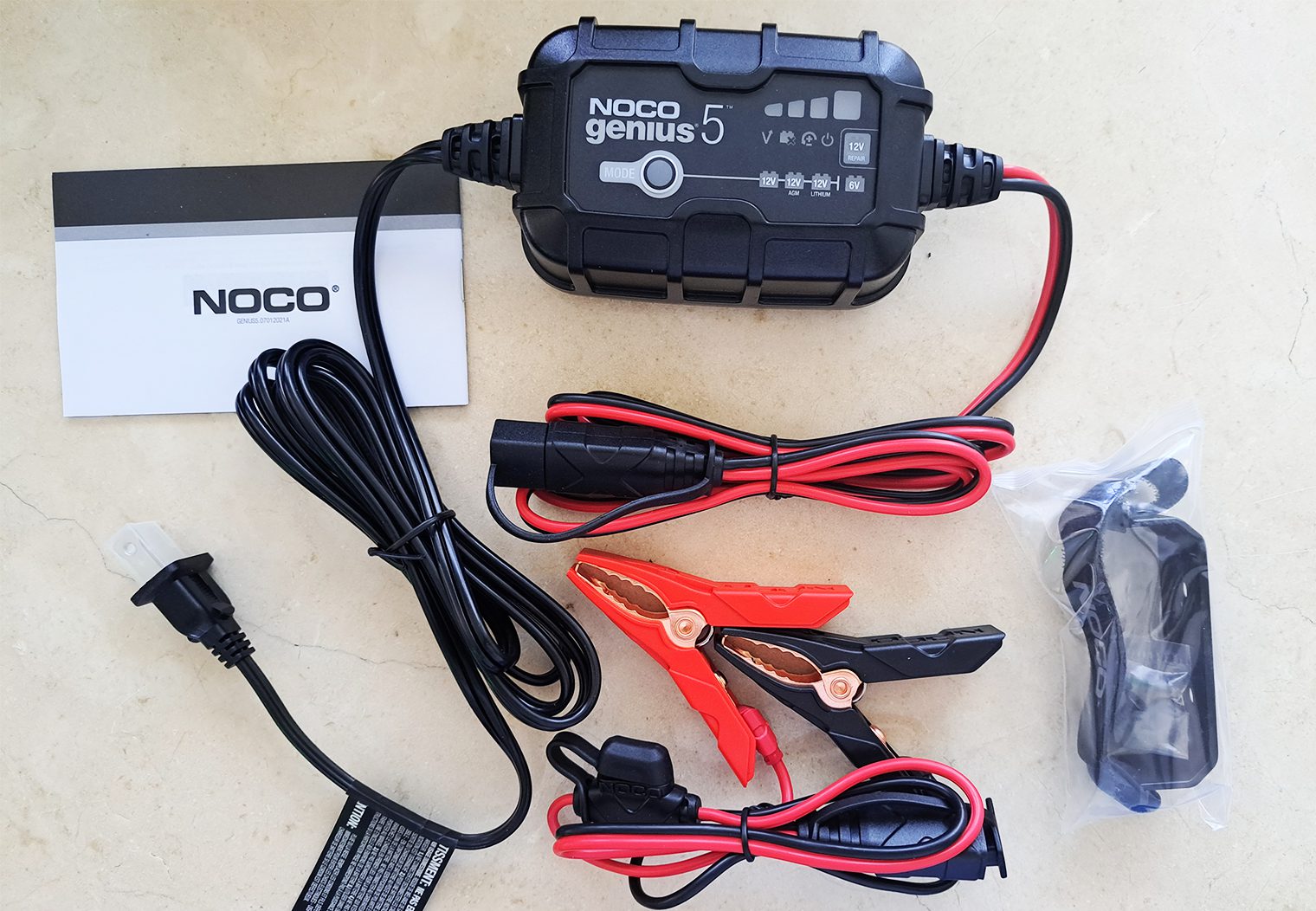
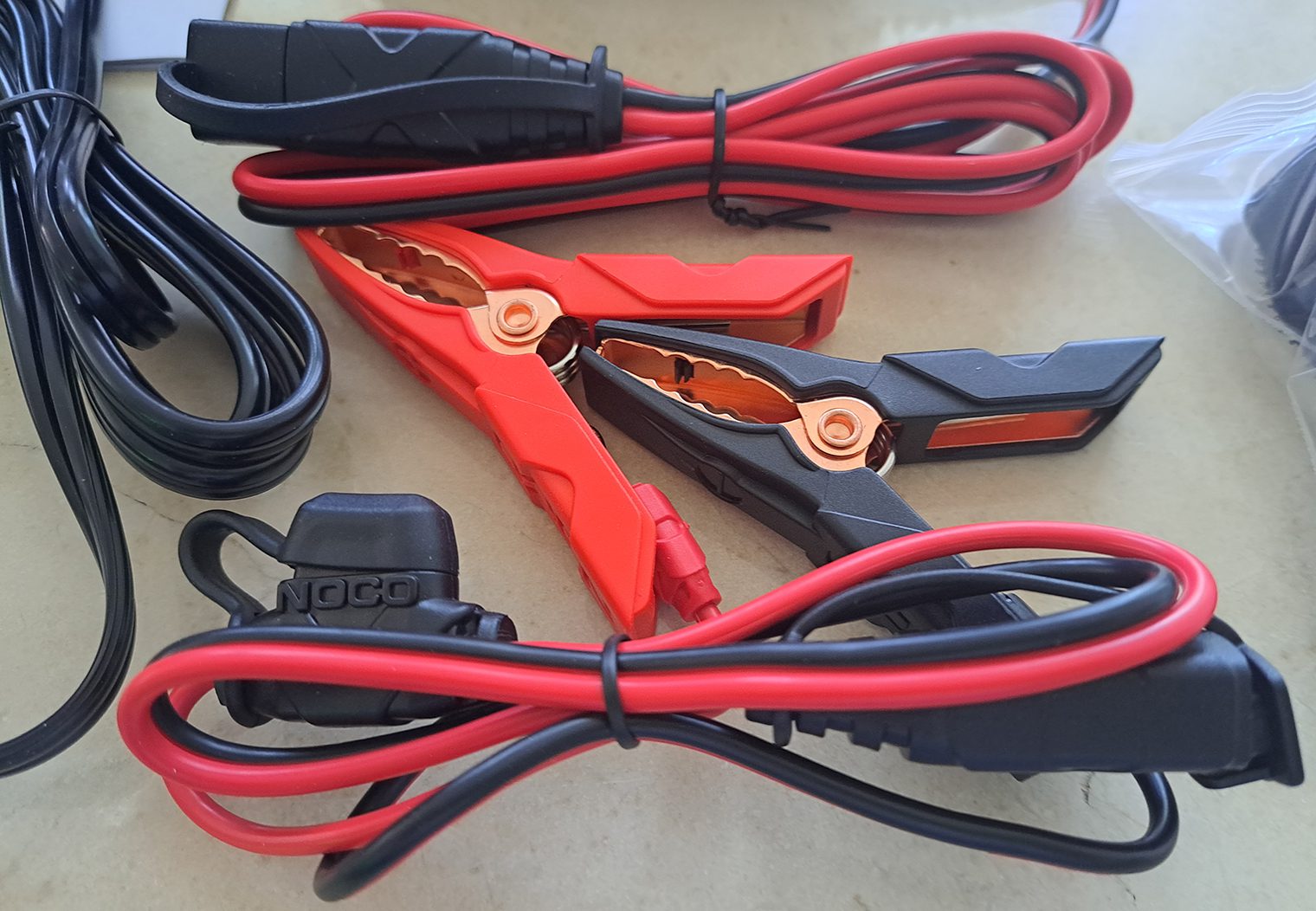
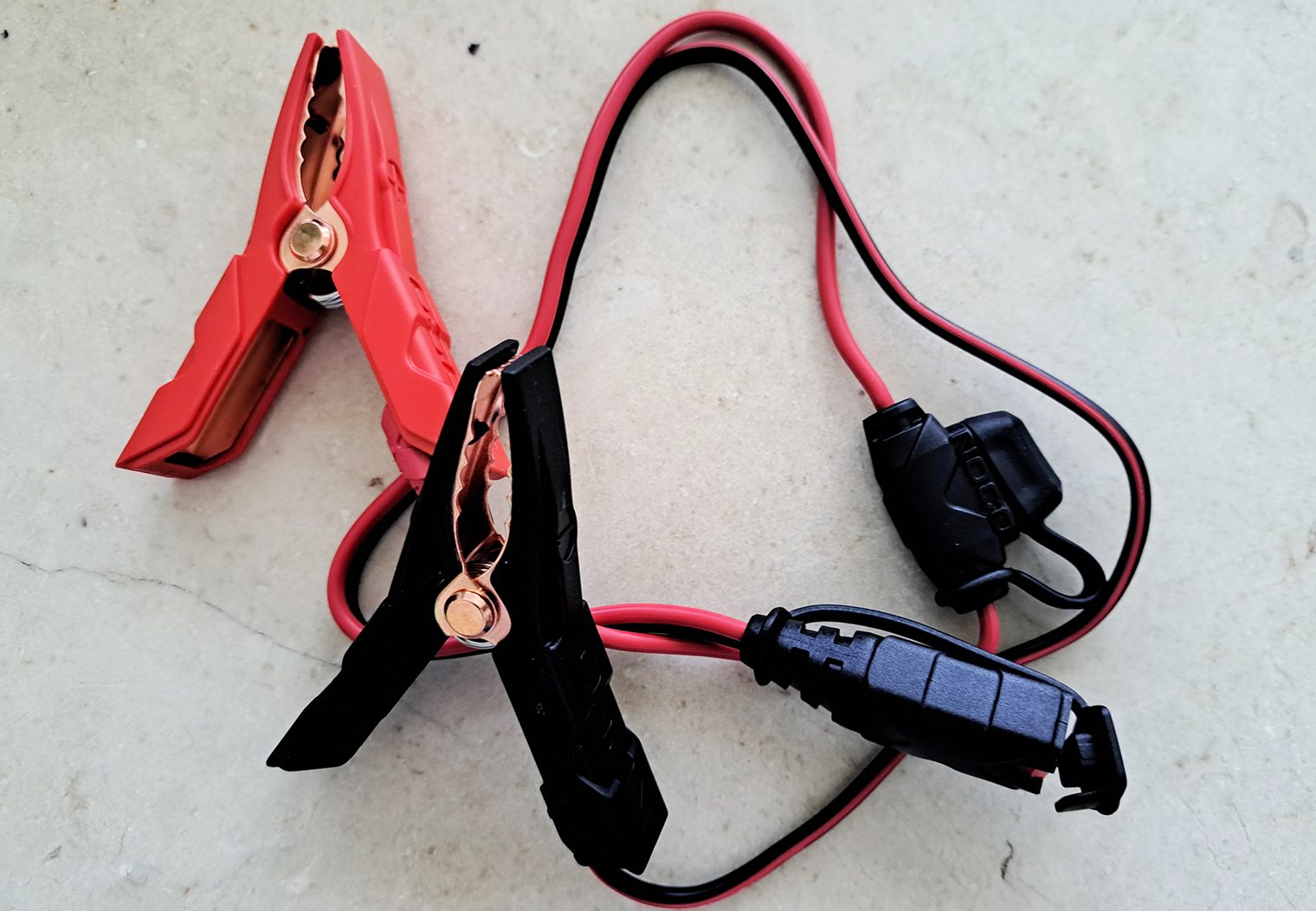
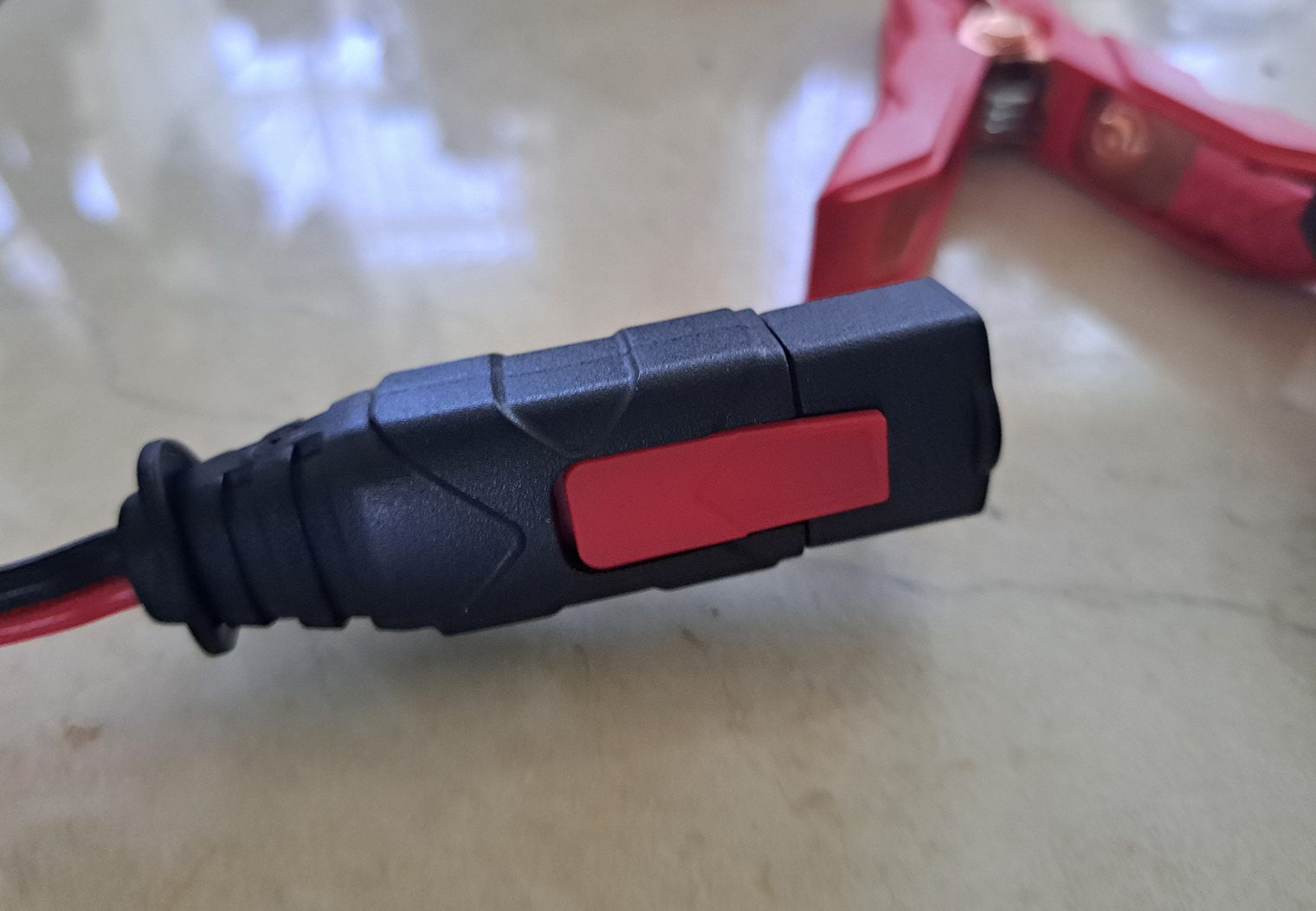
NOCO Genus5 Features
The Genius5 provides a 5-amp charging current to trickle charge automotive batteries. It works with 12 volt and 6 volt batteries, 12v AGM, and 12v Lithium batteries. It works with wet cell lead acid, gel cell, enhanced flooded, maintenance-free, and calcium batteries too. Lithium batteries must have a built-in maintenance system to properly charge.
In addition to charging batteries, the Genius5 can also repair 6 and 12v batteries. The repair function repairs batteries that have been sitting for a long time, are old, or haven’t been cared for in a while. The Genius5 fixes stratified and sulphated batteries to restore performance.
The Genius5 is intended for charging partially discharged batteries above 2 volts. If the battery is below that voltage, the charger includes a force mode that will initialize the charging cycle. Batteries should be removed from the vehicle when using the force mode function to prevent damage to electronics.
Using the NOCO Genius5
The Genius5 is pretty straight-forward to use. Connect the positive clamp to the positive terminal and the negative to the negative. Plug the charger into a wall socket. Press the mode button on the charger to select the appropriate battery chemistry and function.
LEDs illuminate to indicate the mode and a display shows the amount of charge remaining. The LED fades in and out to show you the device is working.
The amount of time that the charger will take to charge a battery depends on the size of the battery and the amount of charge required. At only 5 amps, you can expect it to take a while to fully charge a battery.
How it Performs
I’ve got an eight-year-old gel battery that resides in a car that rarely gets driven. Since it sits a lot and is old, the battery tends to be dead fairly often. I tested the resting voltage of the battery before charging and it was reading just below 11 volts – not enough to crank the engine.
The battery in question is rated at 900 cold-cranking amps and provides 95 amp-hours. I set the charger up and walked away. The Genius5 took approximately eight hours to fully charge the battery. The final charge voltage showed 13.5 volts.
After running the charging cycle, I decided to run the repair cycle. It took four hours to run, though it is difficult to quantify whether it actually did anything. At least I felt like the battery would be in the best possible shape going forward.
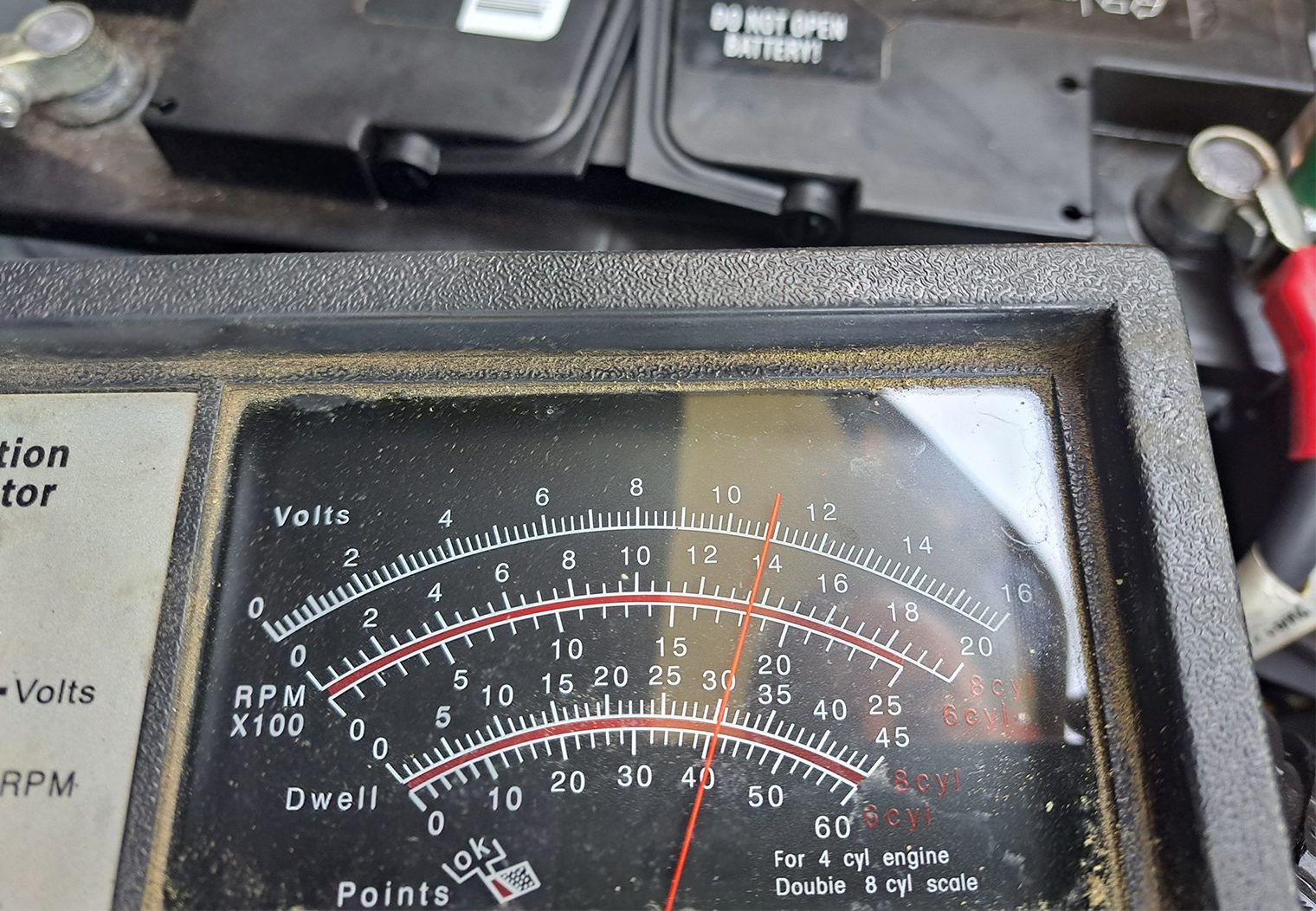
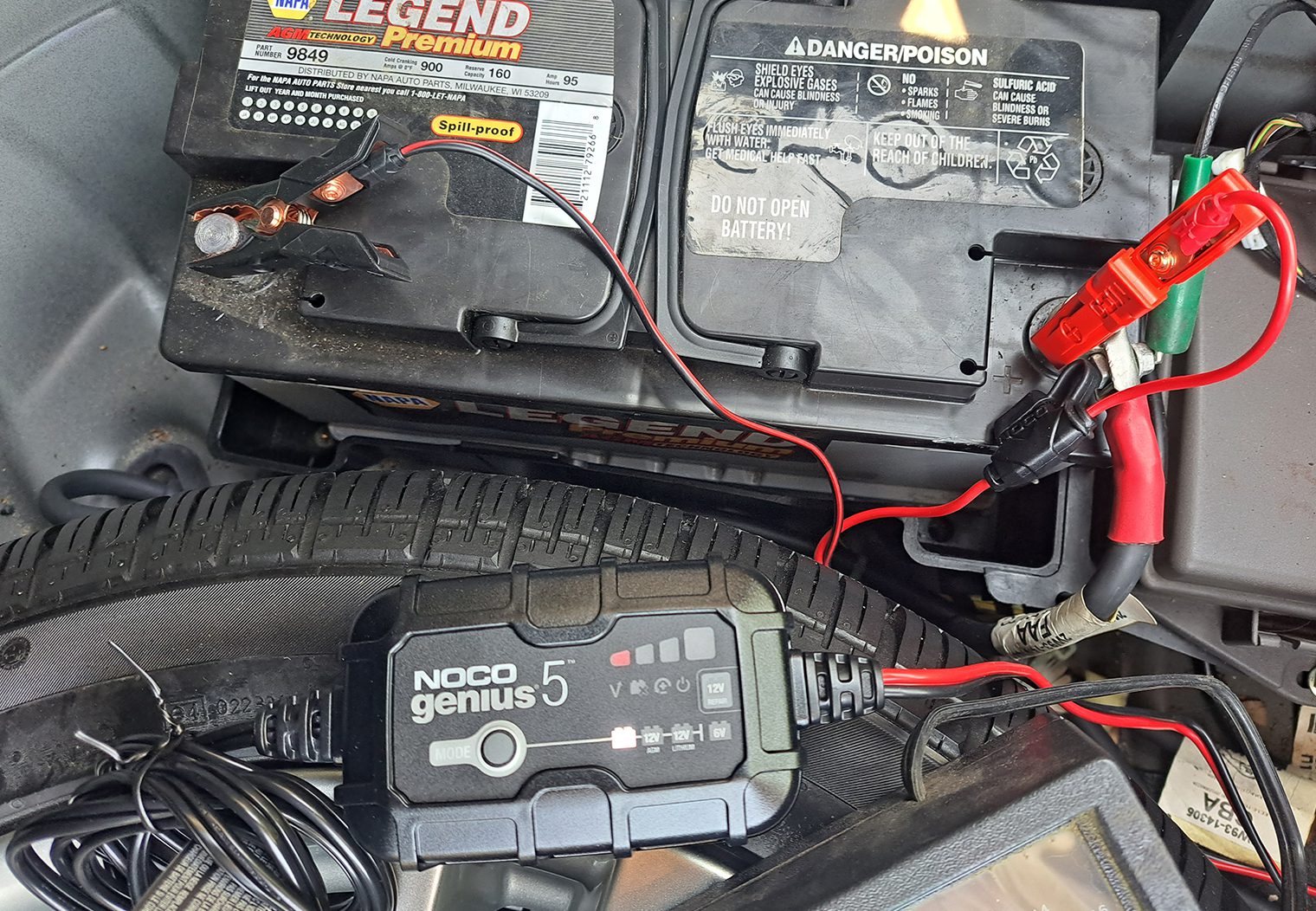
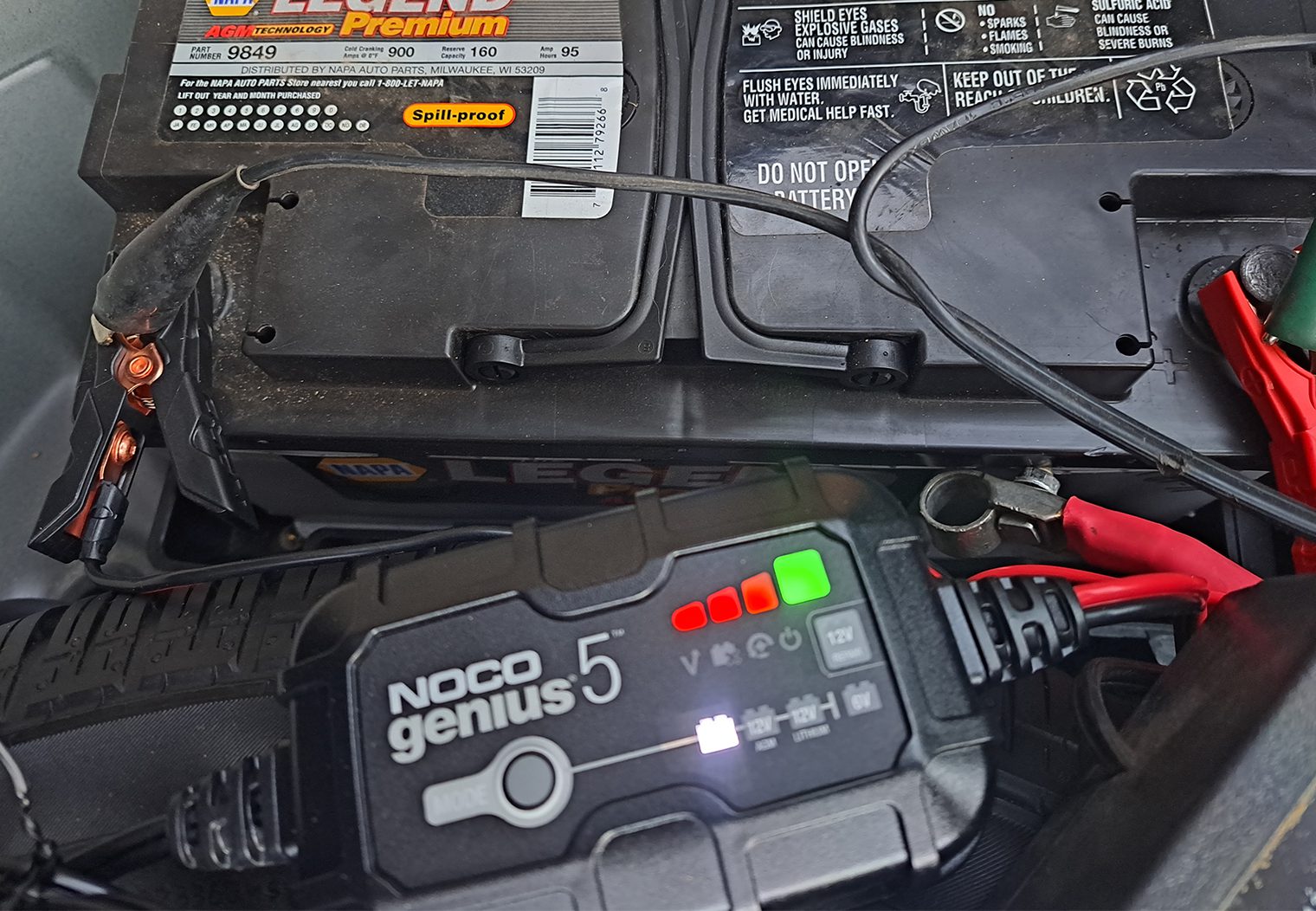

Conclusion
There are a number of things that stand out about the design and function of this battery charger. The small size is a great departure from the battery chargers of old and the lightweight, compact design means storage is simple. The design of the charging cables is interesting. The ability to quick-connect the charging cables also means that the device can accept optional charging clamps that are sold separately and makes replacing damaged parts simple.
The Genius5 is designed with safety in mind and can be left on a battery indefinitely. The low amperage means that it will take a long time to fully charge a discharged battery, but it is also a great way to ensure that your battery is safely and properly charged. It offers a repair feature that should improve the performance of most automotive batteries.
The NOCO Genius5 did a great job of charging a gel cell battery that is notoriously difficult to charge, and it did the job in a reasonable amount of time. Since this isn’t something that is going to get used all the time, it’s particularly nice that it can be easily stored.
Having used lots of different types of battery chargers over the years, this is a great option that will do the job and seems well-built. It’s a significant improvement over old battery chargers that took up a lot of space.

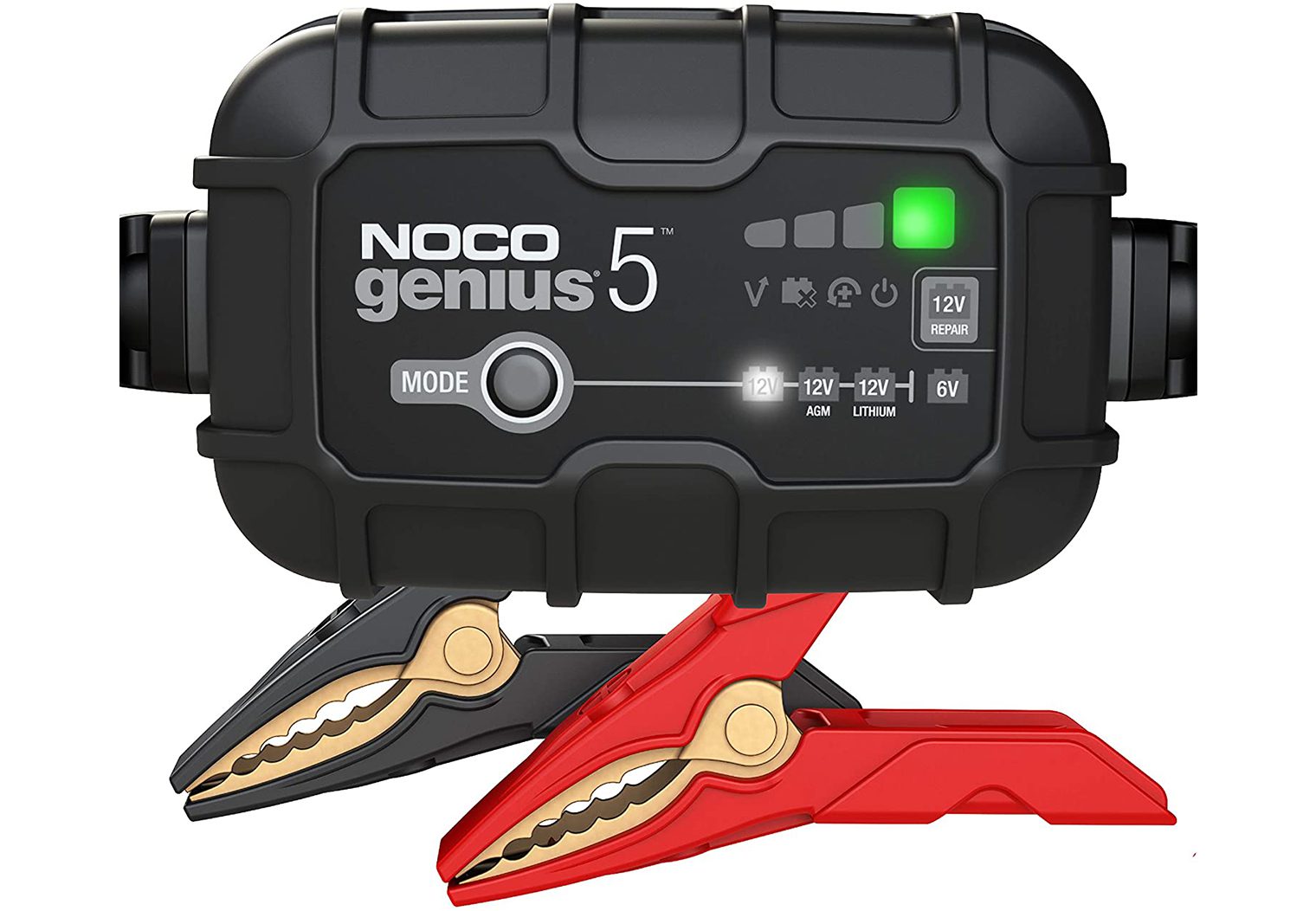
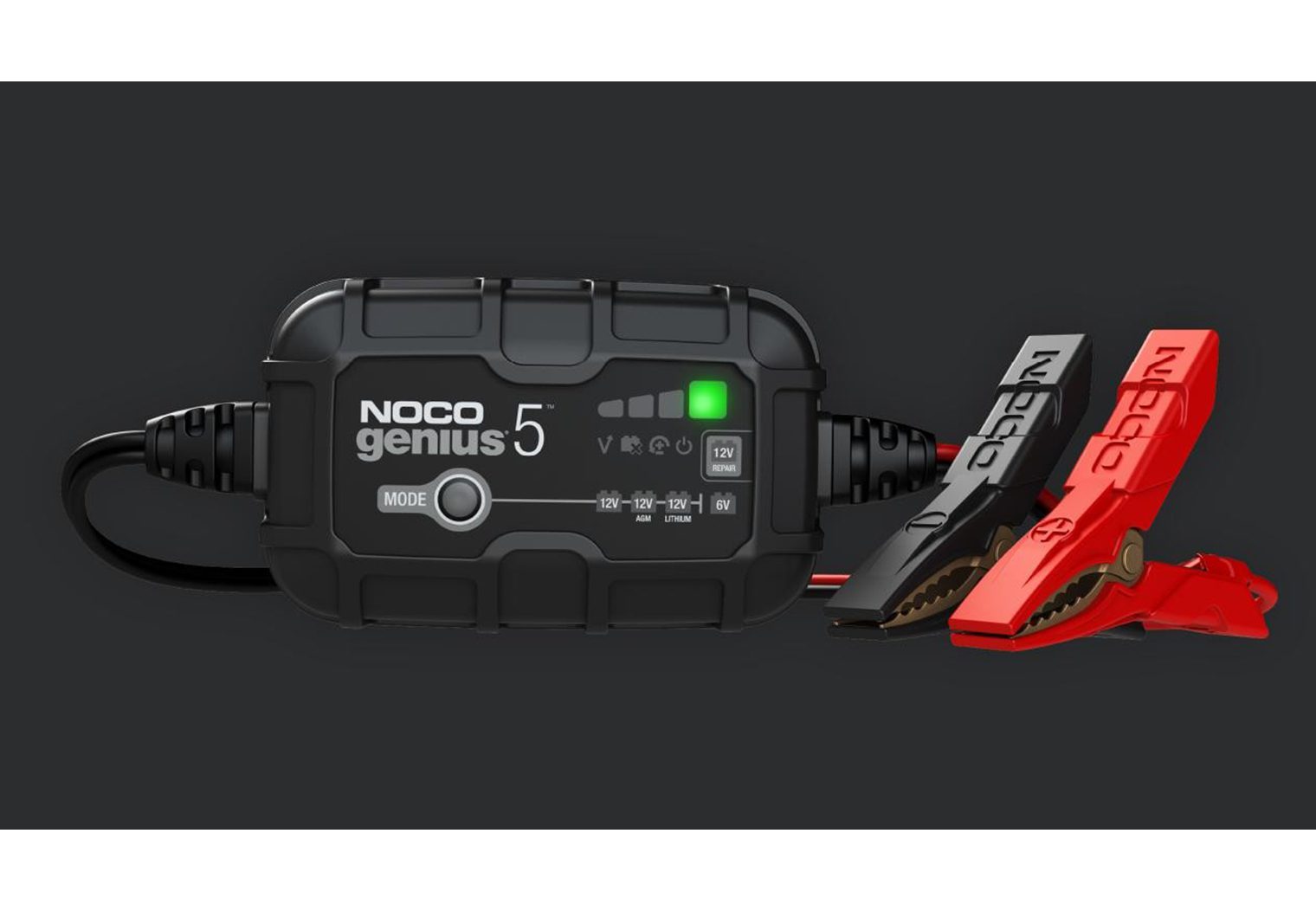
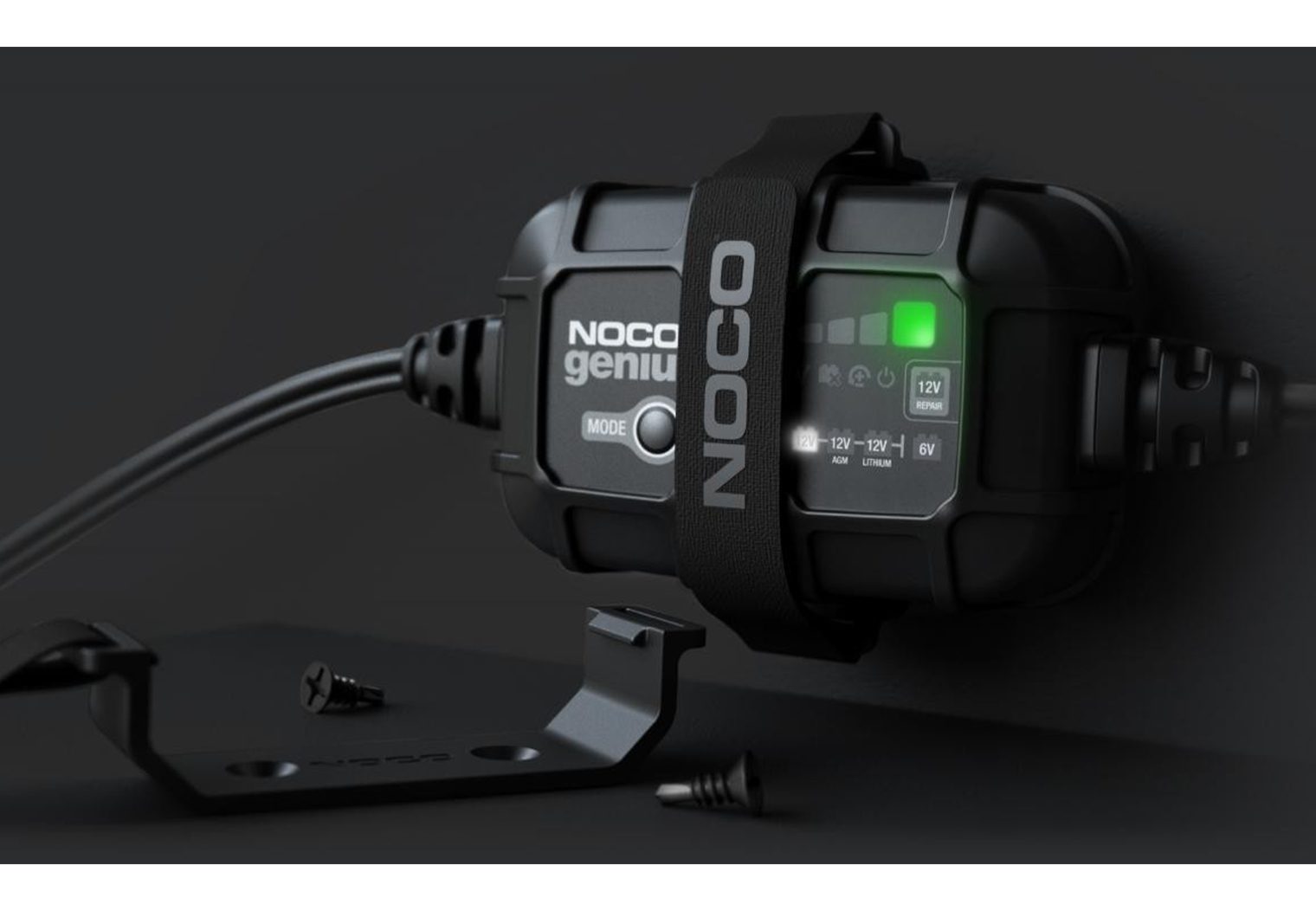
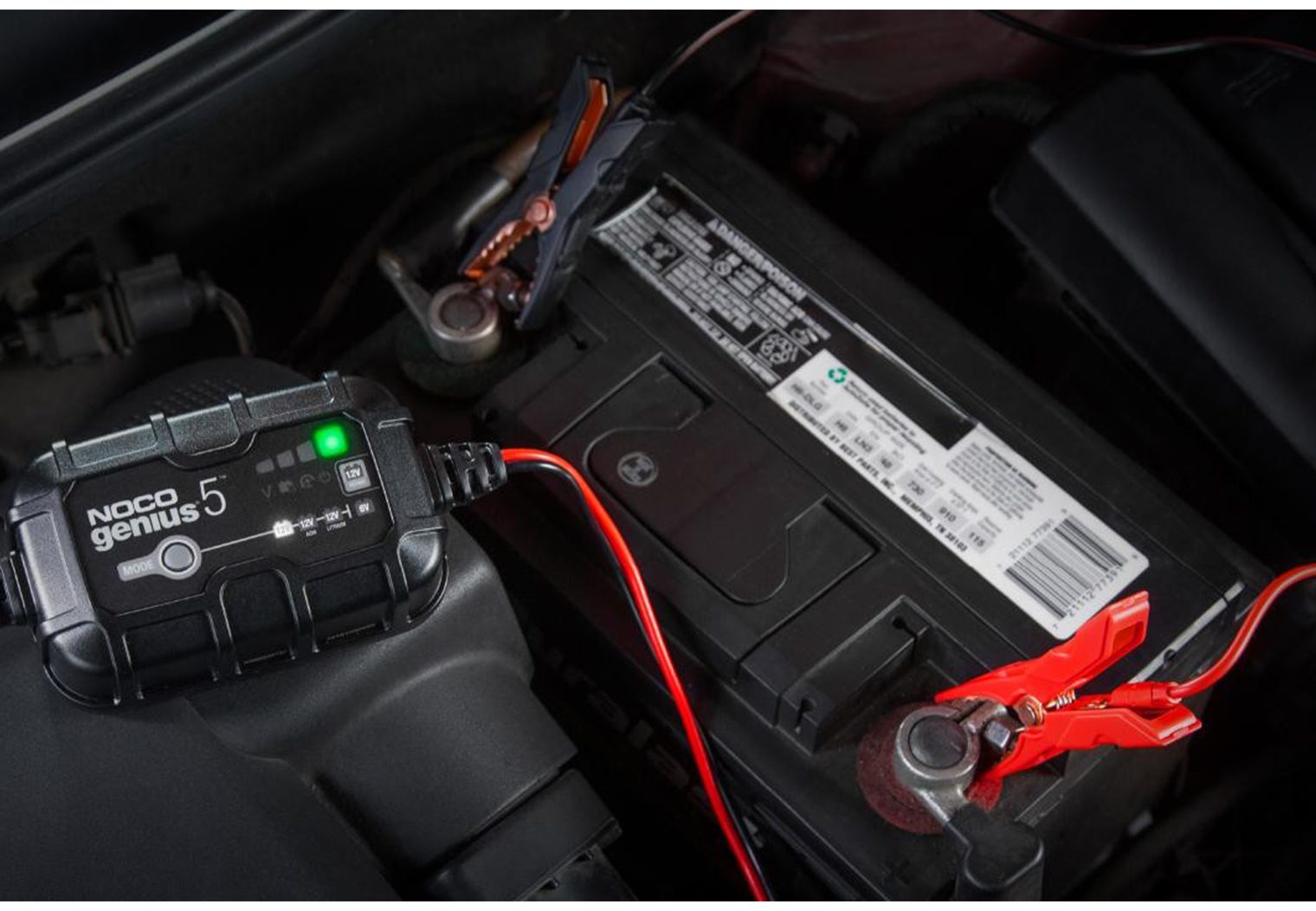
Good article! I bought one a few days ago.
Impressed, have Genius 5 charged my 1400 cr. Amp starter battery in 40′ ‘Diesel. pusher.